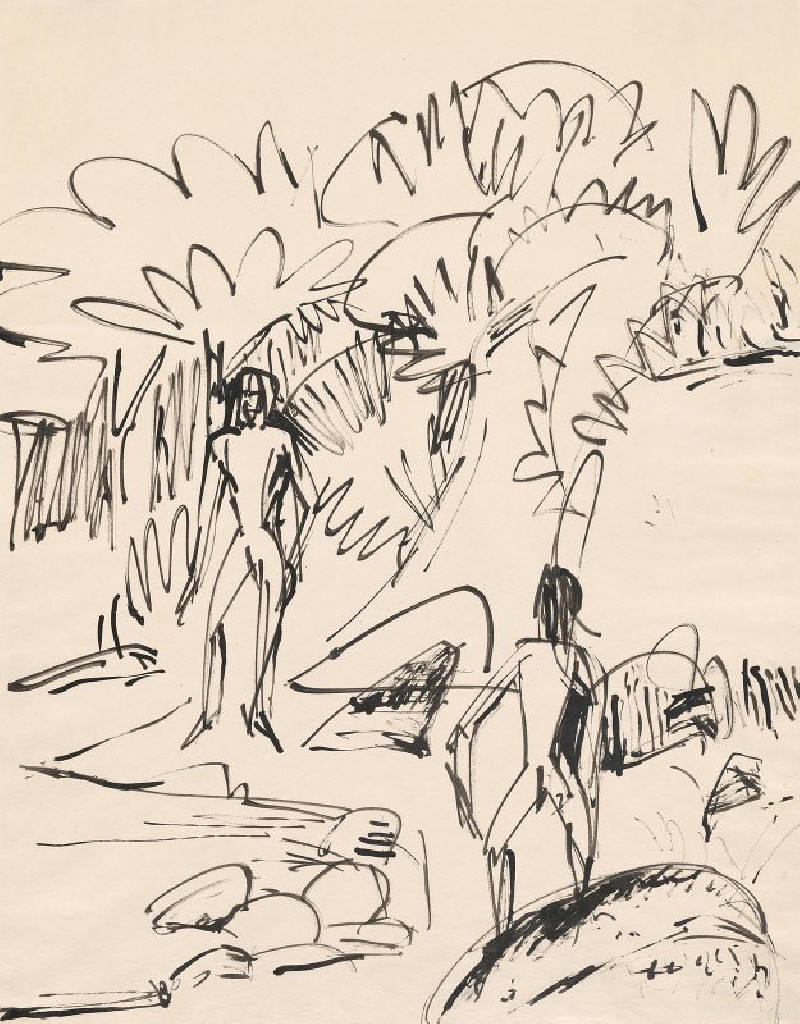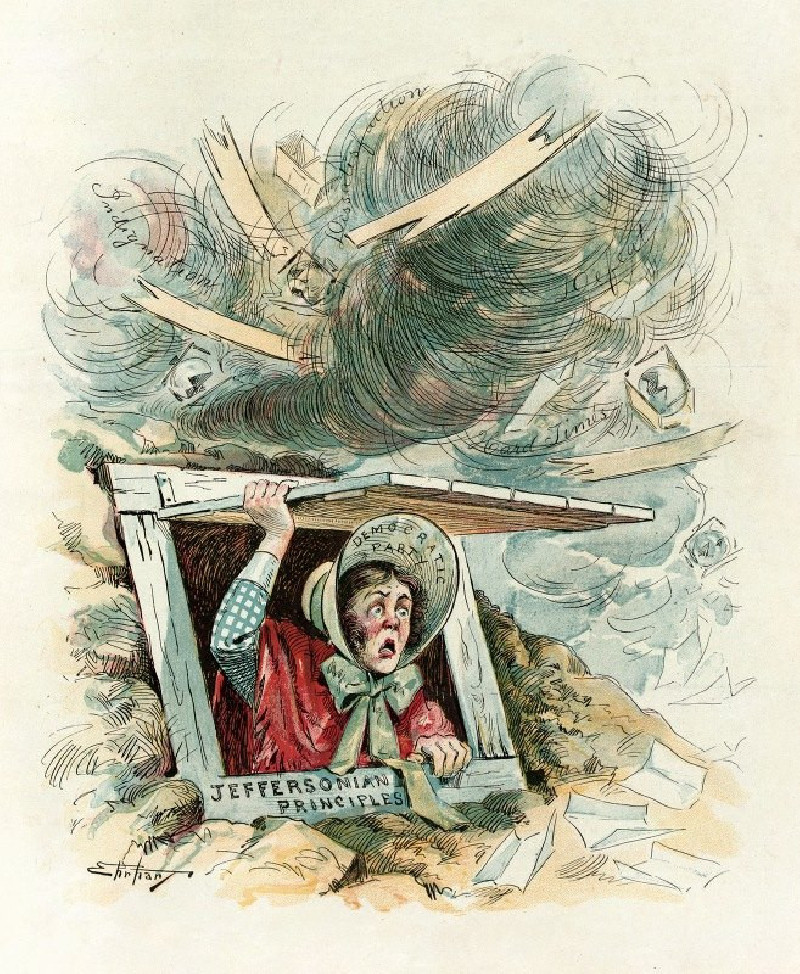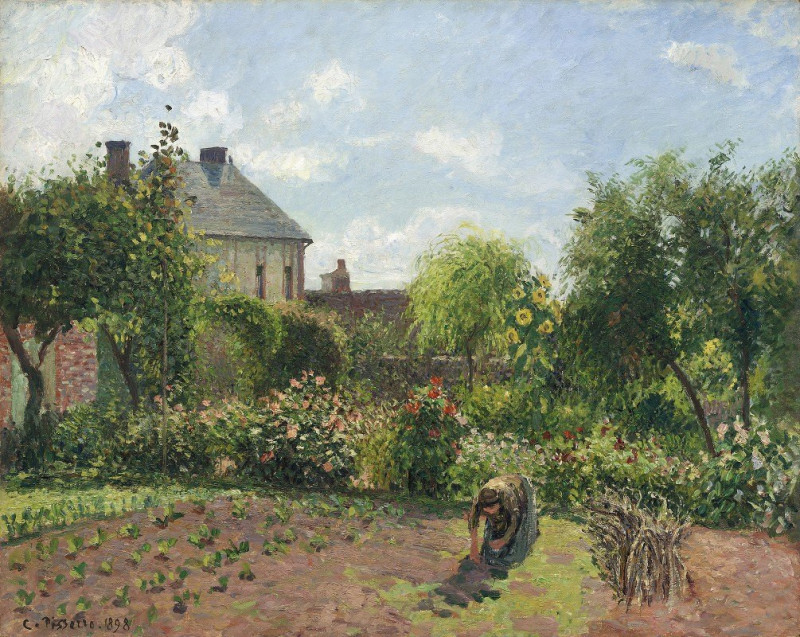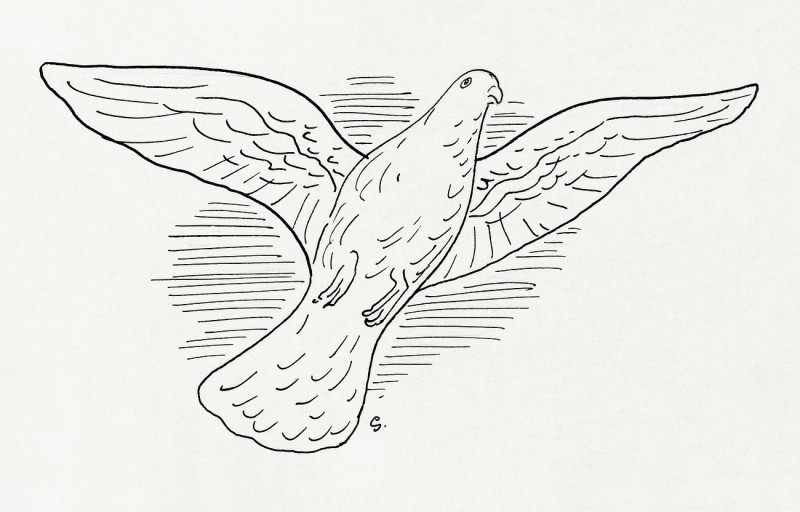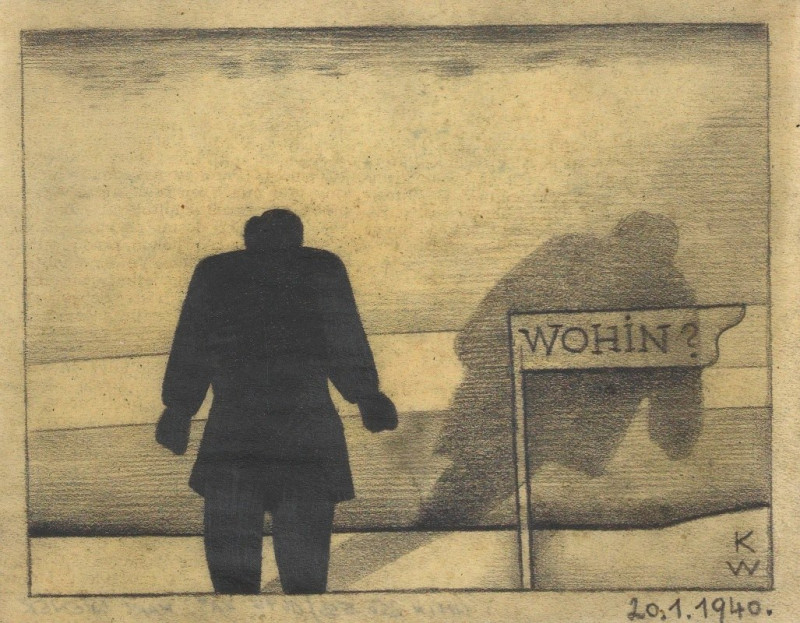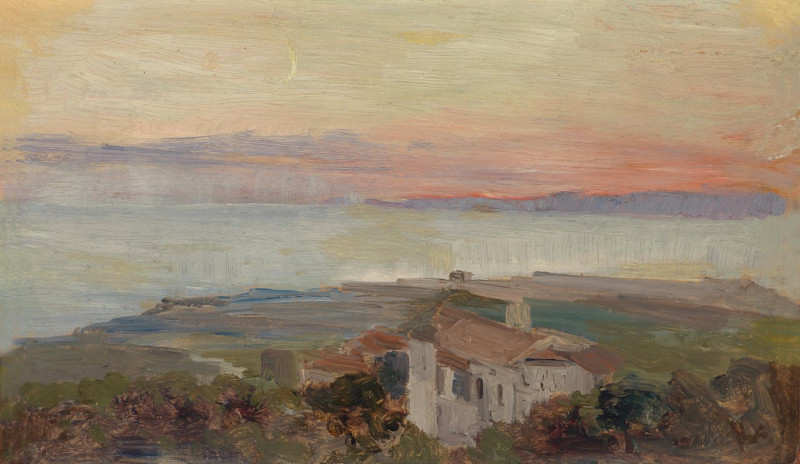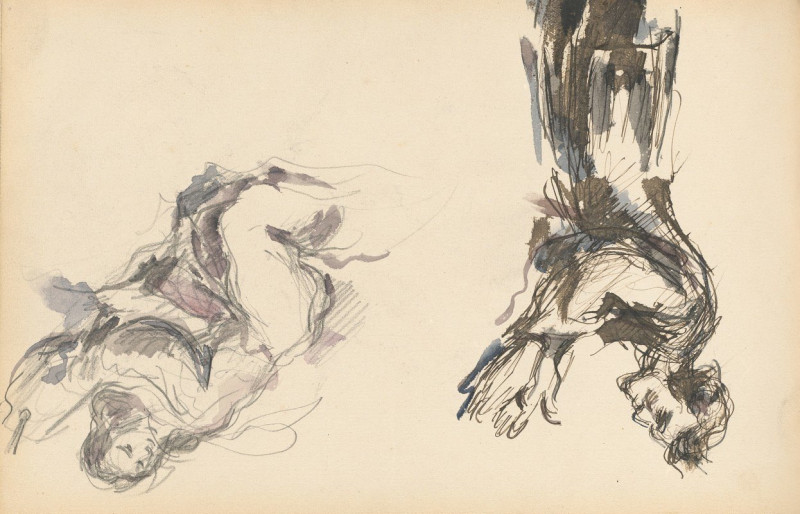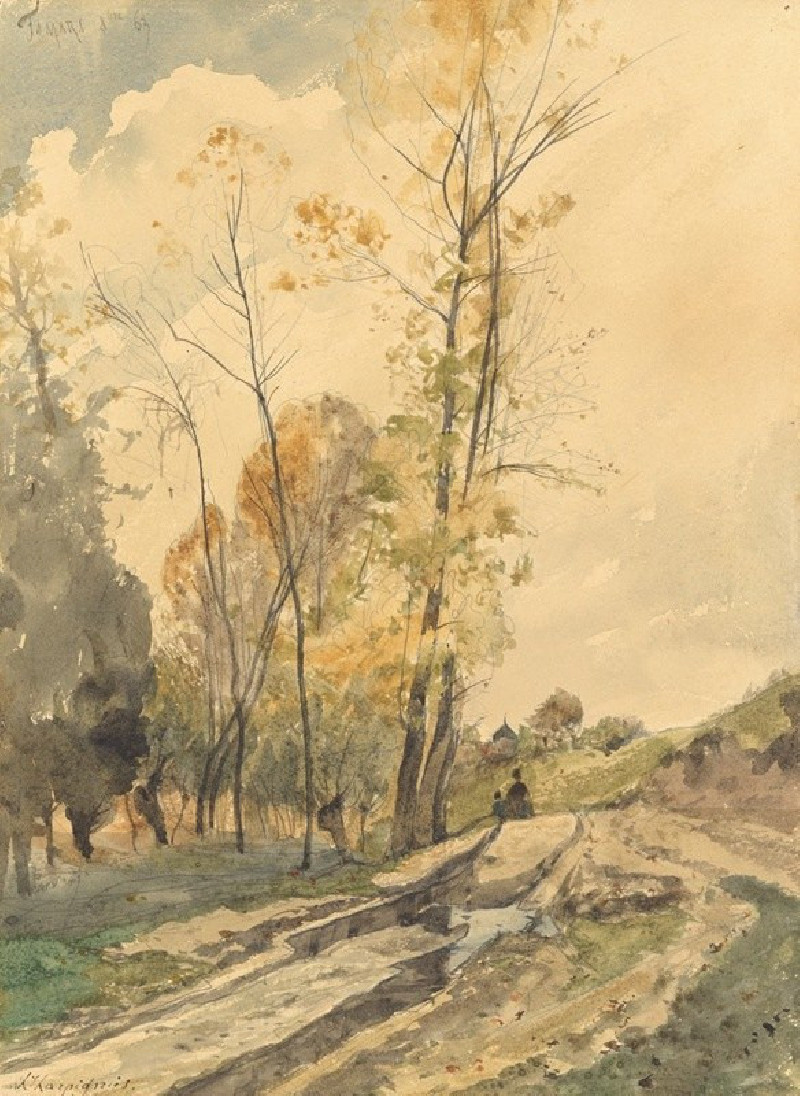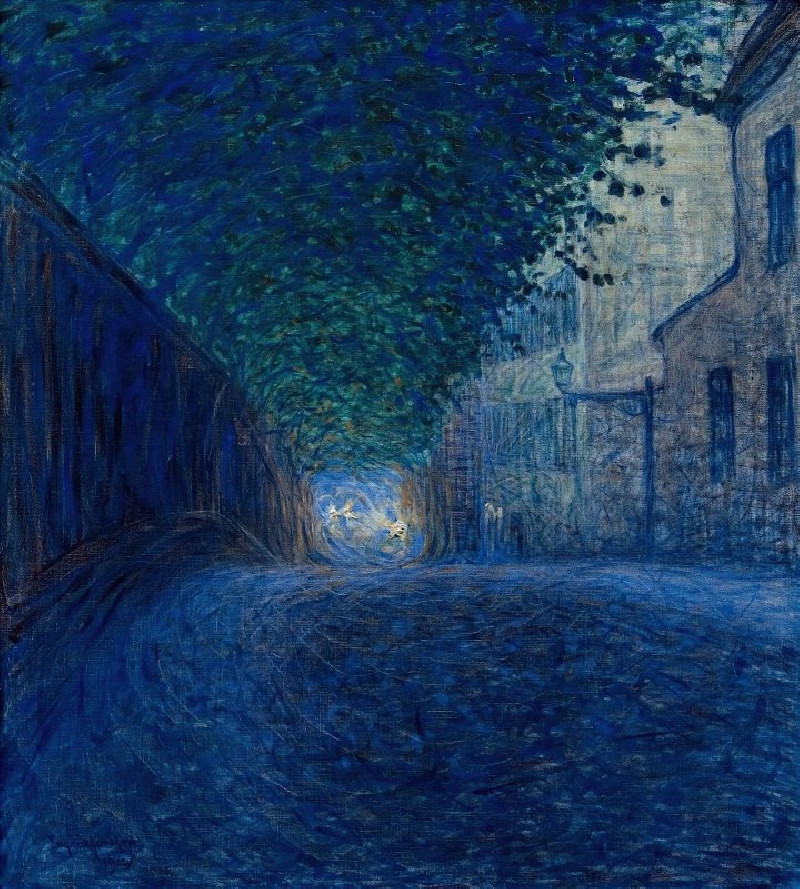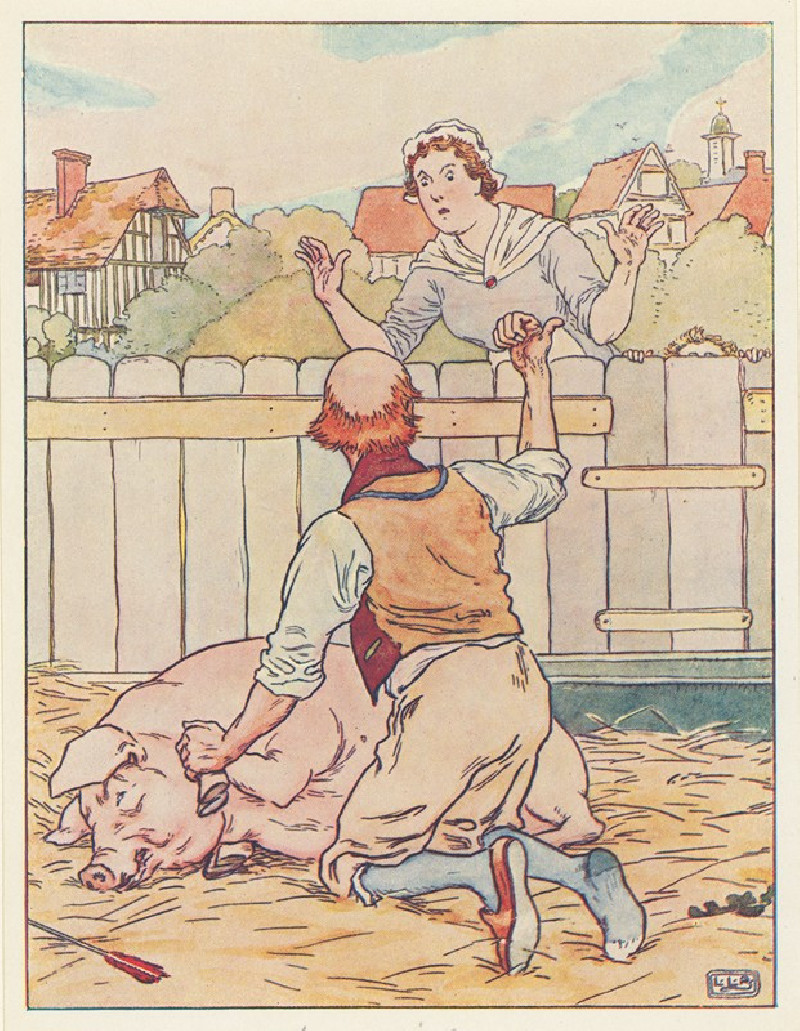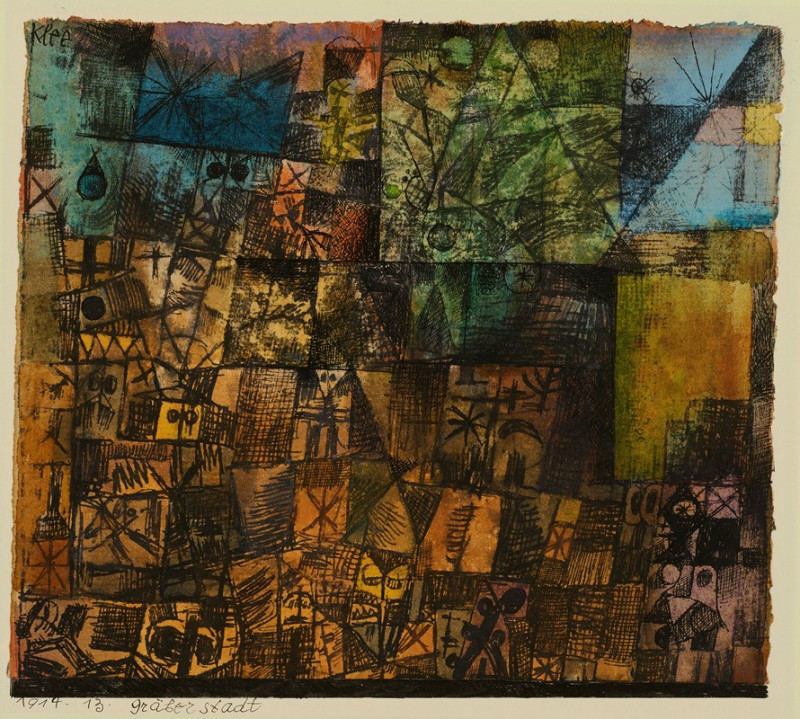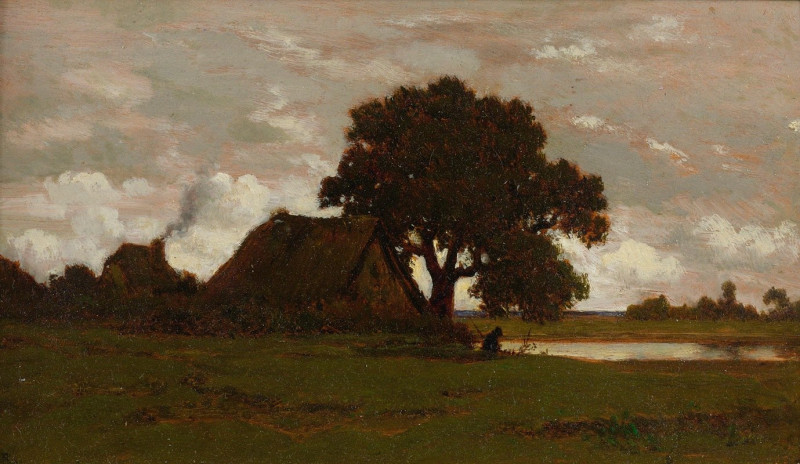Two Bathers at Fehmarnküste (1912)
Technique: Giclée quality print
Recommended by our customers
More about this artwork
Dive into the captivating world of Ernst Ludwig Kirchner through his expressive piece titled "Two Bathers at Fehmarnküste" from 1912. This artwork beautifully abstracts the natural form with brisk, dynamic lines and a stark monochromatic palette, which is rather uncharacteristic of Kirchner’s typically vibrant color schemes.The painting showcases two figures, seemingly in motion, amidst an exaggerated, almost fantastical landscape of thick foliage and fragmented space. The figures are depicted with swift, jagged strokes, suggesting a sense of immediacy and fluidity in their motion. Each bather occupies a distinct part of the canvas, one standing boldly in the foreground, while the other is subtly positioned further back, harmonizing the composition with a sense of depth and perspective.Kirchner’s technique here is raw and intuitive, capturing not just the physicality of the bathers, but also the wild, untamed environment that envelops them. The contrast between the dense, abstracted plant life and the smooth openness around the figures enhances the feeling of a private, secluded moment in nature.This piece is a vibrant example of German Expressionism, where emotion and expression take precedence over realistic representation. "Two Bathers at Fehmarnküste" invites viewers to experience the serene yet tumultuous embrace of nature, seen through the eyes of one of the modernist era’s pivotal figures.
Delivery
Returns
Ernst Ludwig Kirchner (1880–1938) was one of the most important German Expressionist painters. He was a co-founder of Die Brücke, a group of German expressionist artists formed in Dresden in 1905. Die Brücke and Kirchner took inspiration from Vincent Van Gogh and Edvard Munch, as well as African and Oceanic art. They used woodblock printing as a medium to showcase their signature style: flat, unrealistic images with vivid colors. The recurring themes in Kirchner's artworks included exotic cultures, faraway landscapes, self-portraits, dancers and Berlin street life. His paintings and prints effectively portrayed non-European cultures despite the fact that he never traveled outside of Europe.

